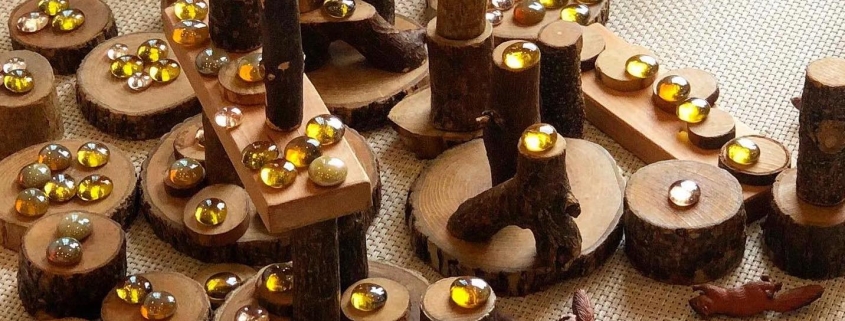National Puzzle Day Reminds Us to Make Time for Play
January 29th was National Puzzle Day – a reminder to stop and enjoy brain teasers of all sizes, shapes, and forms. From Crosswords and Sudokus to Jigsaws and Tetris, puzzles encourage the brain to think in different ways that can foster growth and development – especially in young minds. Researchers have discovered that certain types of puzzles accelerate growth in spatial abilities, math, science, and focus. Consider adding some of these fun games into your weekly routine to grow your children’s brains and set them up for success.
Jigsaw Puzzles
Children who play puzzles between ages 2 and 4 develop better spatial skills by 4.5, according to University of Chicago researchers. The ability to mentally transform shapes lays the groundwork for excellence in science, technology, engineering, and mathematics. The study findings were consistent across all income and education levels and unaffected by the amount of parental input. Other research found that children as young as 3 use trial-and-error, while 4-year-olds are able to use clues from the picture to solve jigsaw puzzles.
Q-Bitz
Rhodes College psychologists studied how spatial puzzle play could boost academic performance. When kids practice puzzles that help them reason about space, they are learning life skills – how to navigate a busy street, how to assemble a piece of furniture, or how to best load the dishwasher. Children ages 4-7 who engaged in this type of high-level thinking — by playing with puzzles, blocks, and board games — six or more times per week had higher WPPSI block design scores, which is used as a measure of general intelligence. Other types of play studied included teaching shapes, number skills, playing math games, musical instruments, riding bikes and scooters, and telling stories; none of these activities were associated with improvements in spatial ability. If you’re looking for a fun game that mimics the WPPSI block design test, try Q-Bitz, which challenges memory, visual agility, pattern identification, and hand-eye coordination in children ages 4-8.
Tower of Hanoi
Four to six-year-olds who complete puzzles on tablets are able to transfer these skills to similar physical puzzles, says Joanne Tarasuik, of the Swinburne University of Technology in Australia. The study used the “Tower of Hanoi” disc-stacking puzzle invented by French mathematician Édouard Lucas in 1883. Scientists use this game to assess frontal lobe deficits, while teachers introduce the game in basic programming studies. Children were able to improve their speed with the physical puzzle after practicing online.
Cut the Rope
Researchers from Nanyang Technology University in Singapore found that adults who played the kid-friendly physics-based puzzle computer game “Cut the Rope” for an hour a day had “significant improvement” in their executive functions. After 20 hours of complex puzzle play, players were able to switch tasks 33% faster, adapt to new situations 30% faster, and block out distractions 60% better. Other study participants played non-puzzle games like Fruit Ninja (arcade), Modern Combat (first person shooter), and StarFront Collision (real-time strategy), but showed no improvement in executive function.
Love to play? So do we! Contact Shine to learn what classes, workshops, and activities we have planned.



